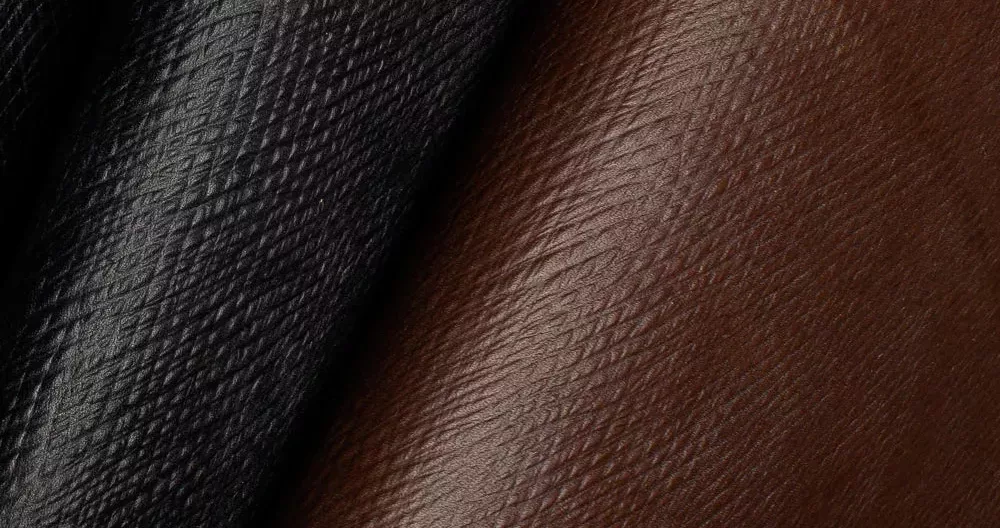J & FJ Baker: Britain’s Last Traditional Oak Bark Tannery and the Remarkable Story of Russian Leather
J & FJ Baker in Devon, England, is one of the last tanneries in the world to use traditional oak bark tanning methods. Since it was bought by the Baker family in 1862 the tannery has built up a reputation for producing some of the finest vegetable tanned leathers on the market and it remains a family business to this day. Their leather has long been a favourite among shoemakers, saddle makers, and luxury brands.
While J & FJ Baker is well-known for its high-quality craftsmanship and eco-friendly practices, one of the most fascinating aspects of its story is the revival of Russian leather—a legendary material with a rich history that was nearly lost to time.
Russian leather was once considered one of the most luxurious and durable leathers in the world. Traditionally tanned using birch bark, it was renowned for its rich scent and incredible resilience. This leather was especially popular in the 18th and 19th centuries, used for everything from boots to bookbinding.
The key to Russian leather’s unique qualities lies in its treatment with birch oil, which gave it an aromatic, water-resistant finish that was unlike anything else available at the time. In Imperial Russia’s trade with the West it became a prized commodity which rose in popularity up until the Russian Revolution, but in the chaos and disorder that followed the secrets of the leather’s tanning process went missing.

It was not until 1973, when the shipwreck of Metta Catharina was discovered off the Devon coast, that leather artisans got a window into the past. The ship sunk in 1786 on its way from Saint Petersburg to Genoa carrying a cargo of hemp and leather.
In what was considered one of the most difficult archaeological projects in the UK, a team spent years excavating the shipwreck and found hundreds of Russian leather rolls. A large part of the ship had been preserved in the muddy seabed, which made it possible, even though almost two hundred years had passed, to study and eventually recreate the material.
The outer parts of the leather rolls had deteriorated badly, but the inner parts, protected by the thick layer of mud that covered everything were remarkably well preserved. So much so that a local craftsman, Robin Snelson, developed a cleaning technique that could restore the hides to their original quality.
Once cleaned, the leathers revealed their cross-hatched surface and began giving off a distinct sweet aroma, which made it clear that the recovered rolls were indeed the legendary Russian leather. The job of recovering these rolls is incredibly dangerous, and even though it is believed that many rolls remain in unexplored areas of the shipwreck at the bottom of the ocean, no one has been willing to risk their lives to recover more of them.

J & FJ Baker studied the recovered rolls in order to recreate the unique colour, print, thickness, smell, and durable qualities of the original Russian leather, as well what is known about the tanning techniques and materials that the Russian craftsmen would have had access to.
As they are the only remaining oak bark tannery in Britain, their methods would be the closest to those which were used to create Russian leather once upon a time. J & FJ Baker source their premium calfskins locally in Devon which they soak in pits of lime and dehair by hand before tanning in different solutions made from birch, willow, and oak bark. This tanning process takes 14 months to complete and explains the high price tag on Russian hatched calf.
The tanned leather is then dyed, printed with the characteristic cross hatch, and infused with a secret blend of natural oils in order to preserve the leather’s smell, strength, flexibility and longevity while staying true to its historic origins. Birch oil, which made the leather water resistant, repelled insects, and gave it the characteristic aroma that made it famous in European high society beginning in the 17th century, is included in the process.
This is the kind of craftsmanship we truly admire here at Atelier D. James. Owning a piece of J & FJ Baker Russian leather is like owning a piece of history.